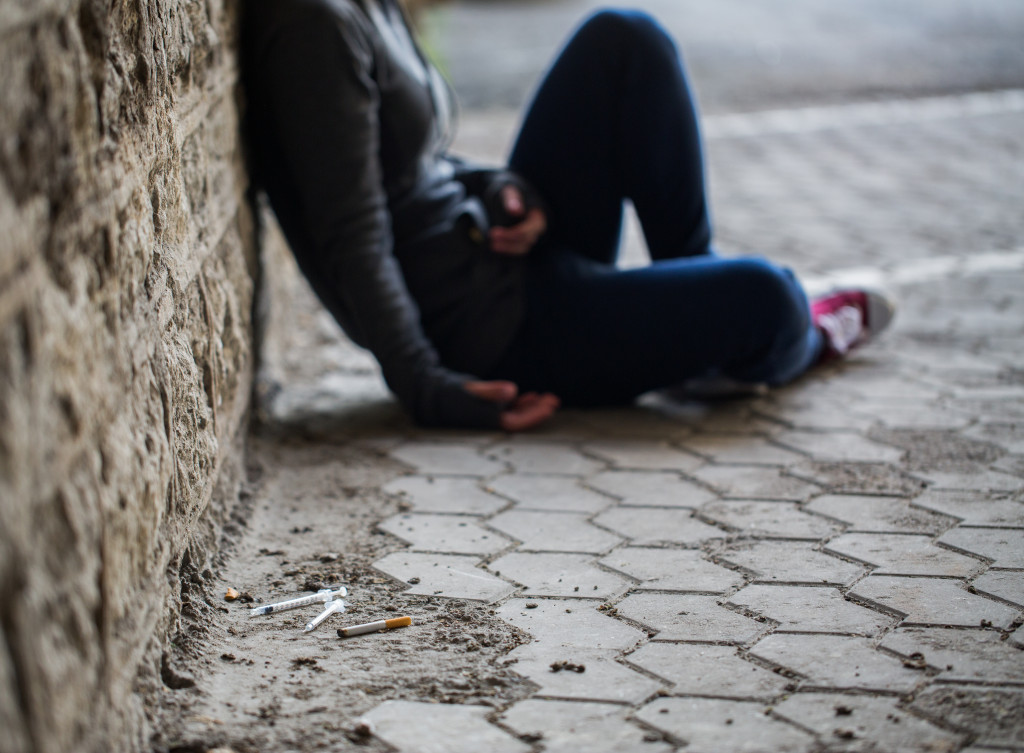- Local governments should focus on reducing drug availability, providing educational resources, and creating supportive environments to help fight addiction.
- Reducing the number of drugs on the streets can make it harder for addicts to access them and limit experimentation among potential users.
- Educational resources should be provided to raise awareness about substance misuse and teach people coping strategies for avoiding it.
- Schools and community organizations should provide information about drug use’s health, social, and legal effects as a deterrent for potential users.
- Local governments should strive to create more access to treatment centers where addicts can withdraw from drug use, get medical attention, and start the healing process without fear or stigma.
Drug addiction is a serious problem facing many people around the world. According to the World Health Organization (WHO), an estimated 35 million people suffer from drug use disorders. Of those, it is estimated that only about 1 in 7 are receiving the necessary treatment for their condition. Further, the National Institute on Drug Abuse estimates that more than 70,000 Americans died from drug-related causes last year alone – a rate that’s more than double what it was two decades ago.
Substance abuse can have devastating effects on individuals, families, and communities. It can lead to relationship breakdowns, job loss, homelessness, and an increased risk of physical and mental health problems. People who suffer from drug addiction often experience unpredictable mood swings, violent or erratic behavior, and impaired cognitive functioning. In some cases, prolonged substance misuse can lead to death due to overdose or related health complications.
Drug use is a global problem, but every step, how little they might be, still matters. It should start with local communities not treating addicts as criminals but as people needing help. Here are a few things to accomplish.
Reducing Drug Distribution Sources

Local governments should target reducing the number of drugs on the streets to help fight against drug addiction. By cutting off drug supply sources, they can make it more difficult for addicts to get their hands on drugs and limit their access to substances known to cause harm. In addition, restricting the availability of illicit drugs will also discourage people from experimenting, thereby preventing them from developing an addiction in the first place. Furthermore, targeting drug distribution networks can help decrease instances of violent crime related to drug trafficking by taking away a financial incentive for criminals who deal with illegal substances. Reducing the number of drugs on the streets is essential to minimize drift abuse-related deaths, break addiction cycles and create healthier communities.
Of course, it will be a long, arduous journey. But by focusing on reducing drug distribution, local governments can make progress in the fight against addiction and create safer neighborhoods for their citizens.
Providing Educational Resources

Educating people about the dangers of drugs is an integral part of curbing addiction. Local governments should strive to provide resources that raise awareness about the harms associated with substance abuse and teach people coping strategies for avoiding misuse. Schools and community organizations can be handy outlets for providing this information as they have access to many individuals – especially young people who are particularly vulnerable to drug use. Here are a few topics to consider when educating youth about the consequences of drug use:
Health impact of drug abuse
Drugs can harm physical and mental health, leading to serious long-term consequences. Educating people about the risks associated with substance abuse can help them make more informed decisions regarding drug use.
Social effects of drug addiction
Drug misuse can have dire social impacts, such as compromising relationships, hindering professional growth, and even leading to criminal behavior. Showing people how their lives may be affected if they partake in drugs is an effective way of discouraging misuse.
Legal implications of drug use
Informing individuals about the legal ramifications of using drugs can also serve as a deterrent for potential users. Making sure everyone knows that illicit drugs are prohibited by law can help foster respect for it and encourage citizens to lead healthier lifestyles.
Drug addiction recovery
These seminars can also include discussions focused on helping people who are already abusing drugs and seeking recovery. Providing resources that educate individuals about the various treatment options, including support groups, 12-step programs, and other recovery methods, can facilitate more successful addiction treatment journeys.
Creating Supportive Environments
Additionally, local governments should seek to create environments where people can seek help without fear or stigma. Lifting stigmas associated with drug addiction is essential for encouraging those suffering from substance misuse to come forward and get the medical attention they need. This includes providing access to resources such as counseling services and community outreach programs that assist addicts in their recovery journey. Local government initiatives can also focus on getting employers to hire those recovering from addiction, providing housing for those transitioning out of recovery centers, and encouraging law enforcement to treat suspected addicts with compassion rather than criminalizing them.
Drug detox centers, meanwhile, provide a safe space for addicts to withdraw from drug use and start the healing process. Local governments should strive to create more opportunities for people to access these centers and provide recovery support services that help individuals stay sober post-detox.
Final Thoughts
Ultimately, there is no silver bullet when tackling the issue of substance abuse. However, by taking action locally, communities can work together toward creating a healthier environment free of drugs and addiction. Local governments must continue to invest in initiatives that reduce drug availability, provide educational resources about the dangers of misuse, and create supportive environments where individuals in need can seek assistance without fear of judgment or stigma. With concerted effort, authorities can make meaningful progress on curbing addiction within their communities.



